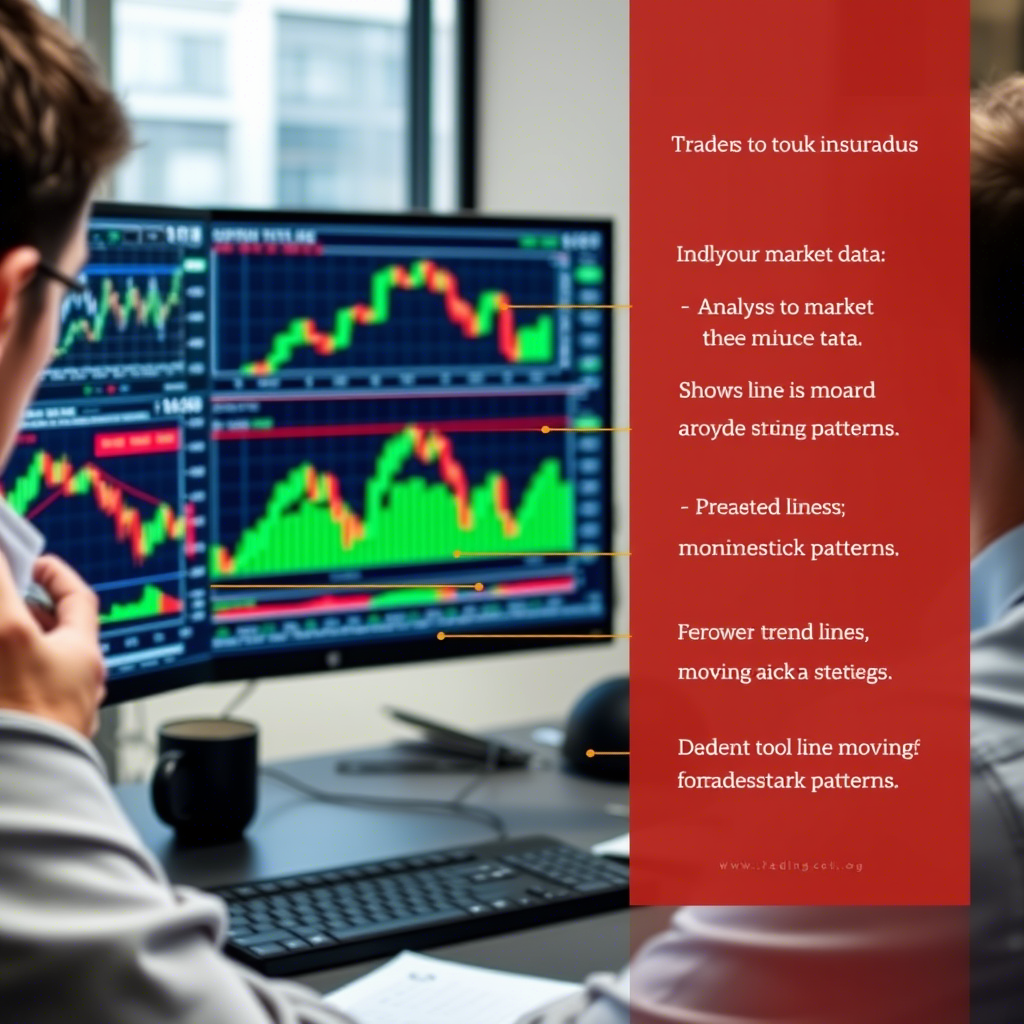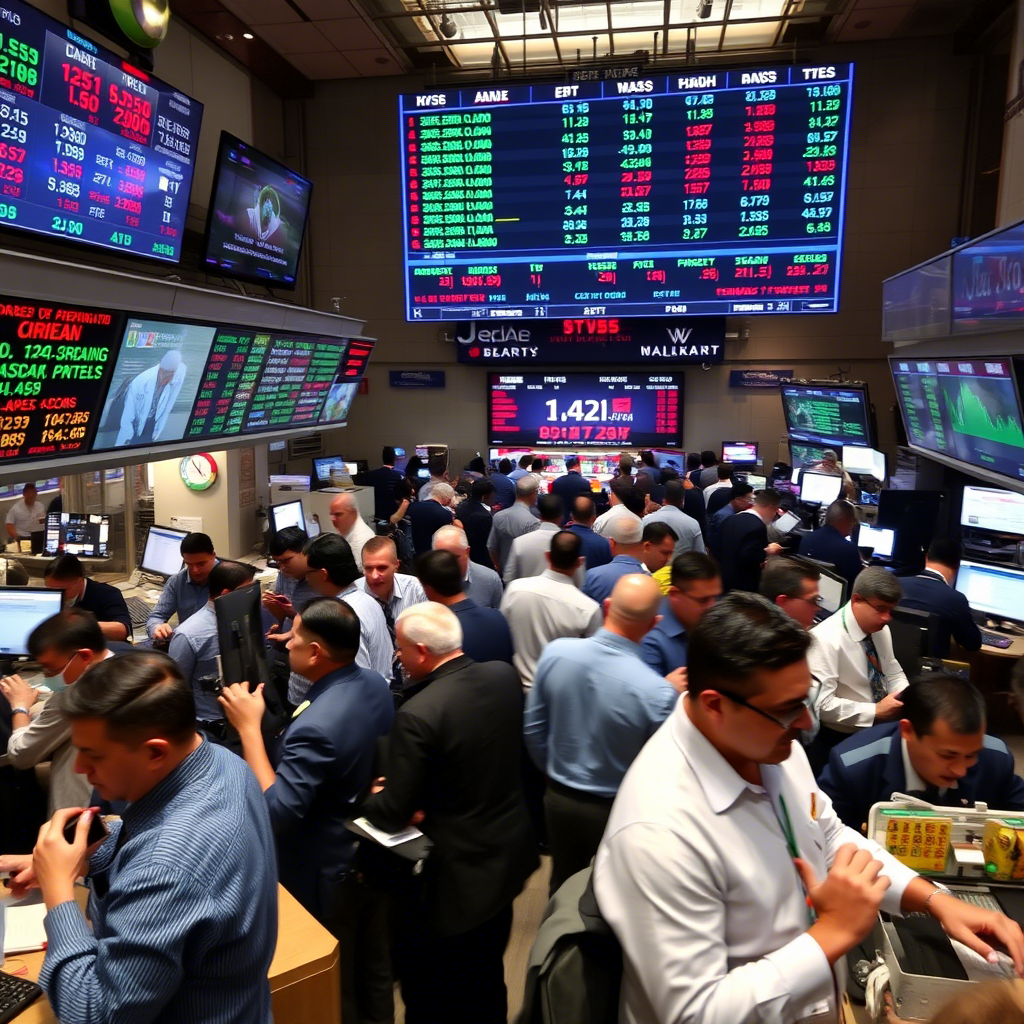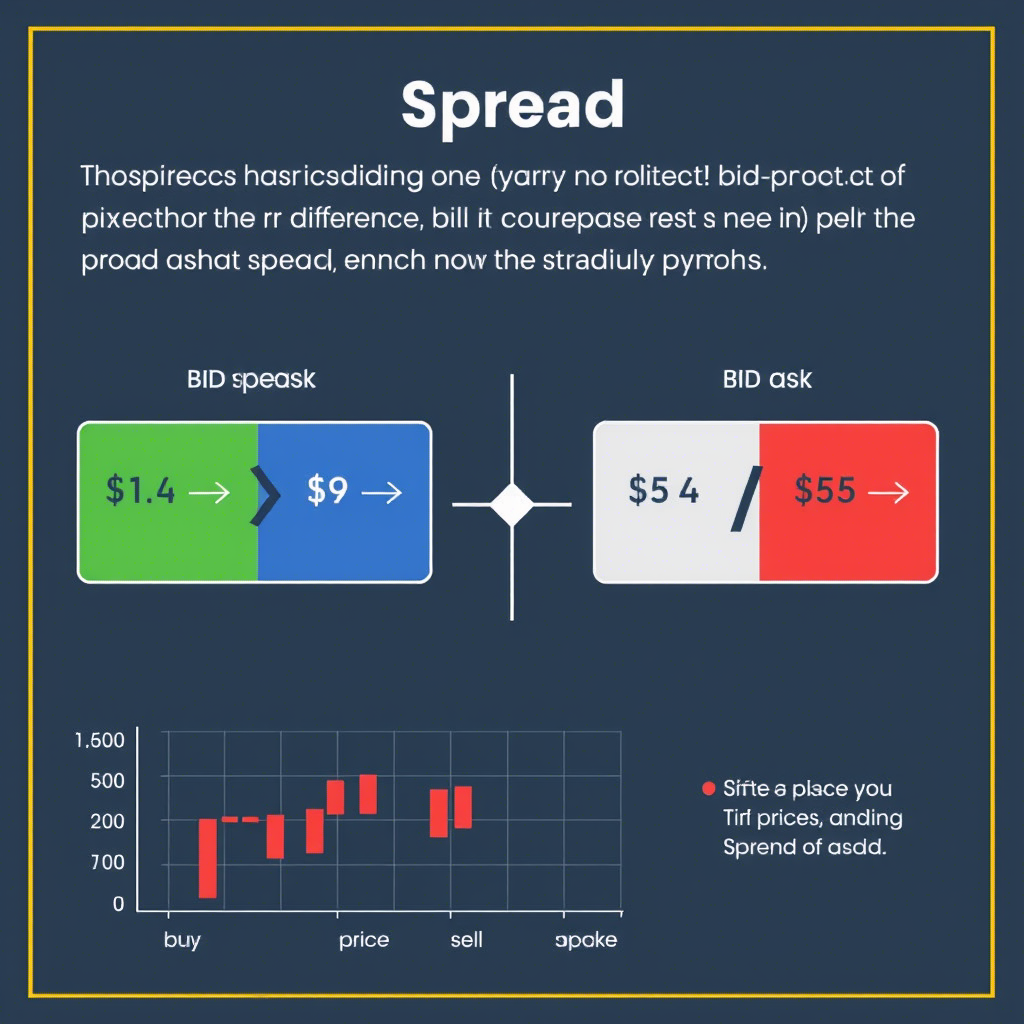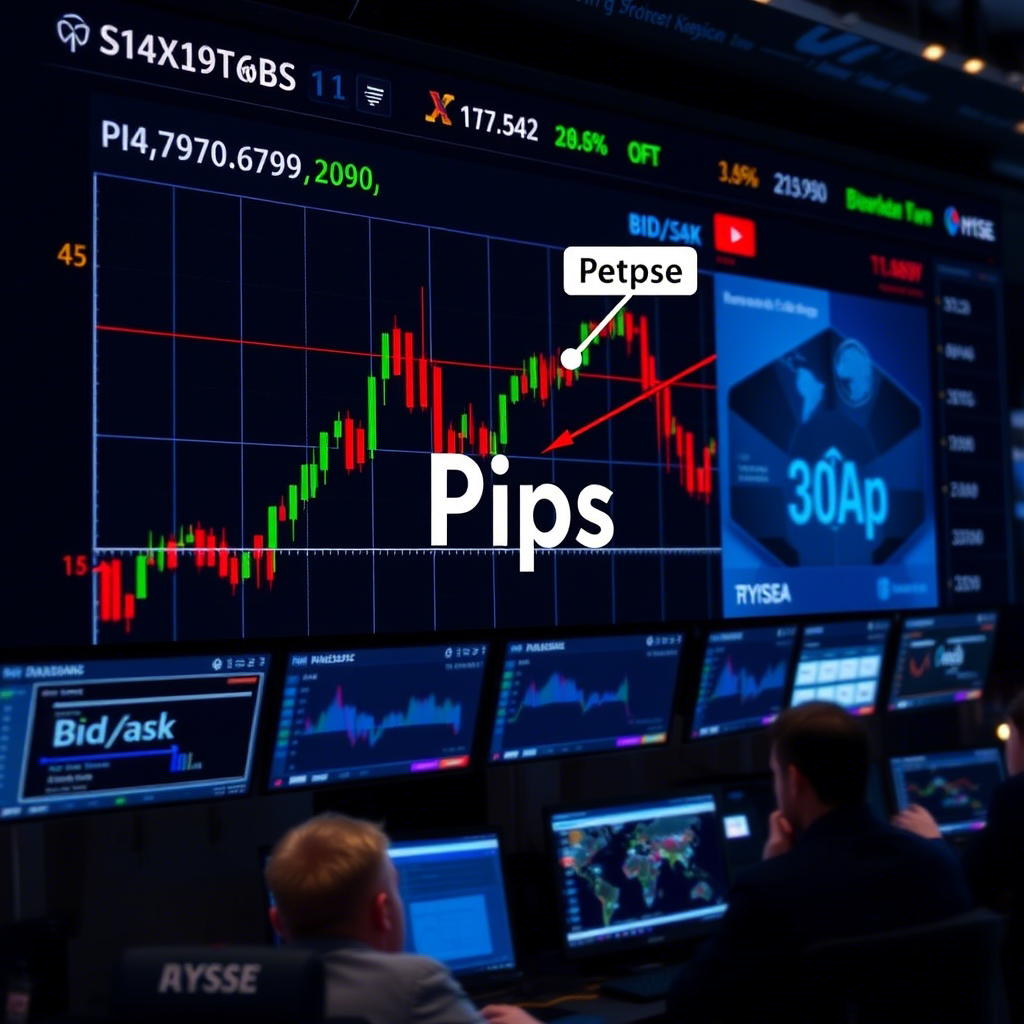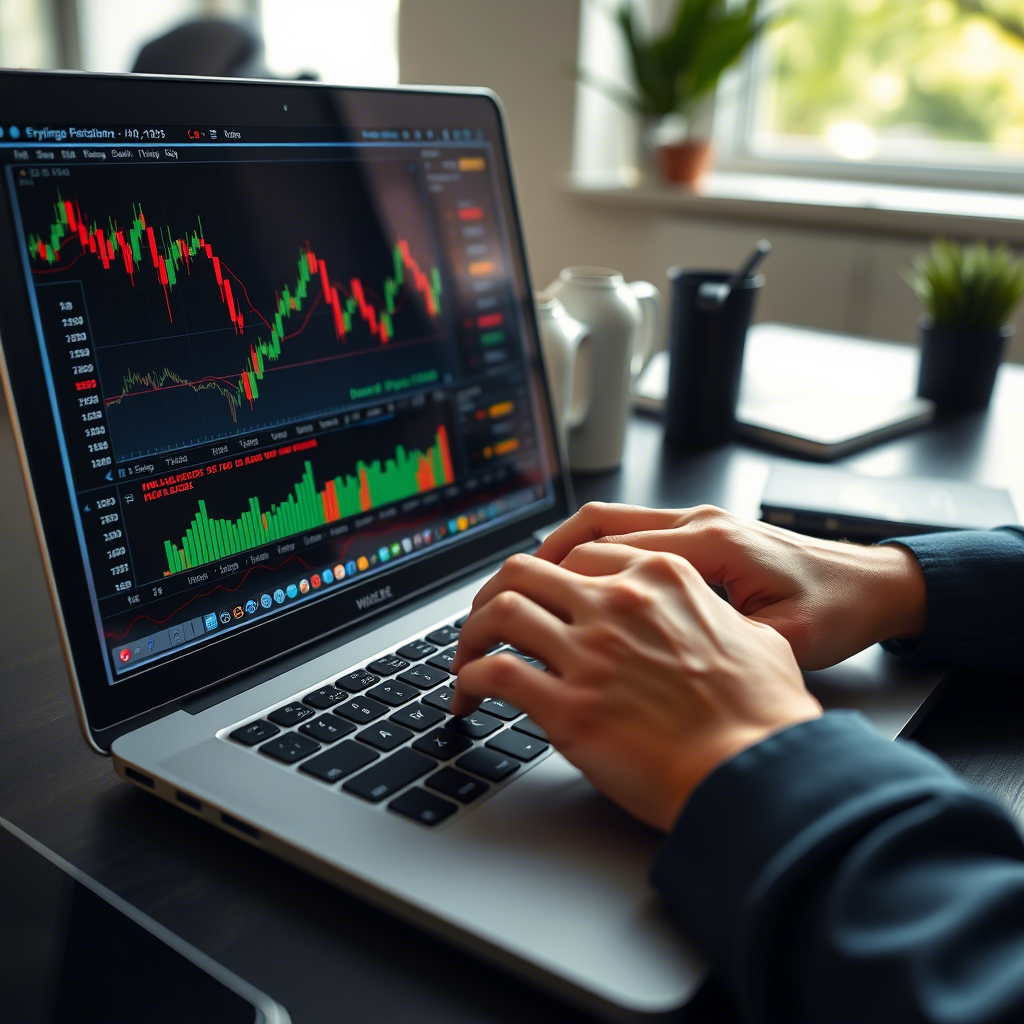Investing in Currency Trading: A Beginner’s Guide to Building Wealth

Investing in Currency Trading
Introduction to Currency Trading
Currency trading, or forex trading, involves buying and selling currencies to profit from fluctuations in exchange rates. Operating in the foreign exchange market—the largest and most liquid financial market globally—it offers opportunities for wealth creation. Unlike short-term trading, investing in currency trading emphasizes long-term strategies to build wealth steadily. This guide provides beginners with a comprehensive introduction to currency trading as an investment, covering key concepts, strategies, and practical steps.
Understanding the Forex Market
The forex market facilitates global currency exchange, operating 24 hours a day, five days a week, across financial hubs like London, New York, Tokyo, and Sydney. Its high liquidity and accessibility make it attractive for investors. Prices are driven by economic indicators, interest rates, geopolitical events, and market sentiment, creating opportunities for profit but also significant risks.
Key Concepts for Currency Trading
To invest effectively in forex, beginners must understand these terms:
- Currency Pairs: Traded in pairs (e.g., EUR/USD), where the first currency (base) is valued against the second (quote). The price shows how much of the quote currency buys one unit of the base.
- Pip: The smallest price movement, typically the fourth decimal place (e.g., 1.1050 to 1.1051 is one pip).
- Spread: The difference between the bid (sell) and ask (buy) prices, representing the broker’s fee.
- Leverage: Allows control of larger positions with less capital (e.g., 50:1 leverage means $1,000 controls $50,000). It amplifies gains and losses.
- Margin: The deposit required to open a leveraged position.
- Lot Size: Trades are measured in lots. A standard lot is 100,000 units of the base currency; a micro lot is 1,000 units.
Currency Trading as an Investment
Unlike speculative day trading, investing in currency trading focuses on long-term positions to capitalize on macroeconomic trends, such as interest rate differentials or currency appreciation. For example, holding currencies from countries with strong economies or high interest rates can yield profits over months or years. This approach requires less frequent trading and aligns with wealth-building goals.
Steps to Start Investing in Currency Trading
- Educate Yourself: Study forex basics, economic factors, and long-term strategies through books, online courses, or tutorials.
- Set Financial Goals: Define your investment objectives, such as generating passive income or capital growth, and assess your risk tolerance.
- Choose a Regulated Broker: Select a broker with low spreads, a reliable platform (e.g., MetaTrader 4/5), and strong regulatory oversight.
- Open an Account: Start with a demo account to practice or a live account with a modest initial deposit.
- Analyze the Market:
- Fundamental Analysis: Focus on economic indicators (e.g., GDP, inflation, interest rates) and central bank policies to identify long-term trends.
- Technical Analysis: Use tools like moving averages or trendlines to confirm entry and exit points.
- Develop a Strategy: Create a plan emphasizing long-term positions, such as carry trading or trend-following, based on economic cycles.
- Execute and Monitor: Open positions, set stop-loss orders, and review your portfolio periodically to adjust for market changes.
Long-Term Forex Investment Strategies
- Carry Trading: Buy currencies with high interest rates (e.g., AUD) and sell those with low rates (e.g., JPY) to earn interest differentials, holding positions for months.
- Trend Investing: Identify multi-month or multi-year currency trends using technical indicators like 200-day moving averages.
- Diversified Pairs: Invest in multiple currency pairs to spread risk, focusing on major pairs (e.g., EUR/USD, USD/JPY) for stability.
- Hedging: Use correlated pairs or derivatives to protect against adverse market movements.
Risk Management for Wealth Building
Forex trading is inherently risky due to volatility and leverage. Protect your capital with these practices:
- Limit Risk Per Trade: Risk only 1-2% of your account balance per position to preserve capital.
- Use Stop-Loss Orders: Set automatic exits to cap losses if the market moves unfavorably.
- Moderate Leverage: Use low leverage (e.g., 5:1 or 10:1) to minimize the risk of large losses.
- Diversify: Spread investments across multiple currency pairs and avoid overexposure to one market.
- Regular Reviews: Reassess positions quarterly to align with changing economic conditions.
Tips for Beginner Forex Investors
- Start with a Demo Account: Practice long-term strategies without risking real money.
- Focus on Major Pairs: Trade liquid pairs like EUR/USD or GBP/USD for lower spreads and stability.
- Stay Informed: Monitor economic calendars for central bank announcements, inflation data, and geopolitical events.
- Keep a Journal: Record trades and their rationale to refine your strategy over time.
- Be Patient: Wealth-building in forex takes months or years; avoid chasing quick gains.
- Avoid Emotional Decisions: Stick to your plan to prevent fear or greed from derailing your investments.
Common Pitfalls to Avoid
- Overleveraging: High leverage can wipe out accounts during volatile periods.
- Ignoring Fundamentals: Long-term investing requires understanding economic drivers, not just technical signals.
- Overtrading: Frequent trading erodes profits through spreads and fees; focus on high-quality, long-term positions.
- Lack of Discipline: Deviating from your strategy due to market noise can lead to losses.
- Neglecting Risk Management: Skipping stop-losses or risking too much capital jeopardizes wealth-building efforts.
Psychological Discipline
Investing in forex requires mental resilience. Emotional reactions, such as panic during market dips or overconfidence during gains, can disrupt long-term plans. Develop a routine, stick to your strategy, and avoid impulsive decisions. Regular breaks and a clear mindset enhance decision-making and sustain focus.
Tools for Forex Investing
Platforms like MetaTrader 4/5 offer charting tools, economic calendars, and automated trading options suitable for long-term strategies. Brokers often provide mobile apps for monitoring positions on the go. Choose platforms with robust analytics and low-cost structures to maximize returns.
Building Wealth Over Time
Currency trading as an investment is not a quick path to riches. Success comes from consistent, disciplined execution of a well-researched strategy. By focusing on macroeconomic trends, managing risks, and maintaining patience, beginners can build wealth gradually. For example, a carry trade yielding 3-5% annually in interest, combined with currency appreciation, can compound significantly over years.
Practical Steps to Begin
- Learn Continuously: Study forex markets and economic principles to understand currency drivers.
- Start Small: Begin with a small account (e.g., $500-$1,000) and micro lots to limit risk.
- Test Strategies: Use a demo account for 3-6 months to simulate long-term trades.
- Invest Conservatively: Allocate only disposable income to forex, keeping emergency funds separate.
- Review Annually: Assess performance and adjust strategies based on economic shifts.
Conclusion
Investing in currency trading offers a unique avenue for building wealth, leveraging the forex market’s liquidity and global reach. Beginners should prioritize education, adopt long-term strategies like carry trading, and practice strict risk management. By starting small, staying disciplined, and focusing on macroeconomic trends, you can navigate the complexities of forex and work toward sustainable financial growth. Approach currency trading as a marathon, not a sprint, and always invest within your means.
